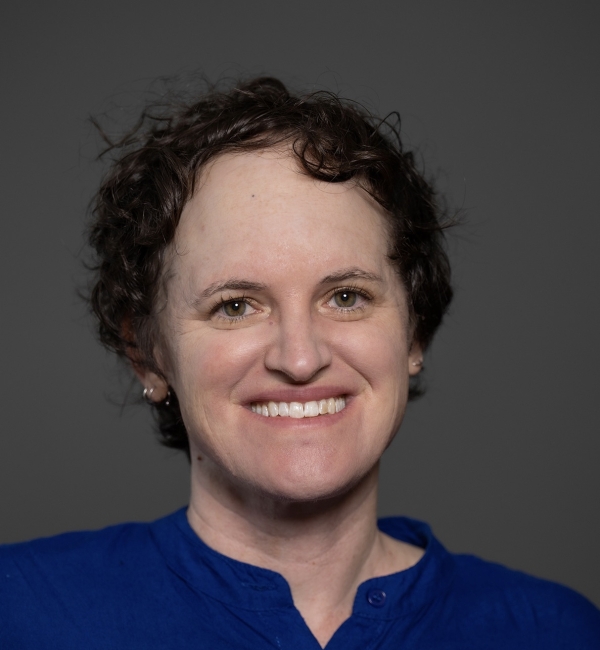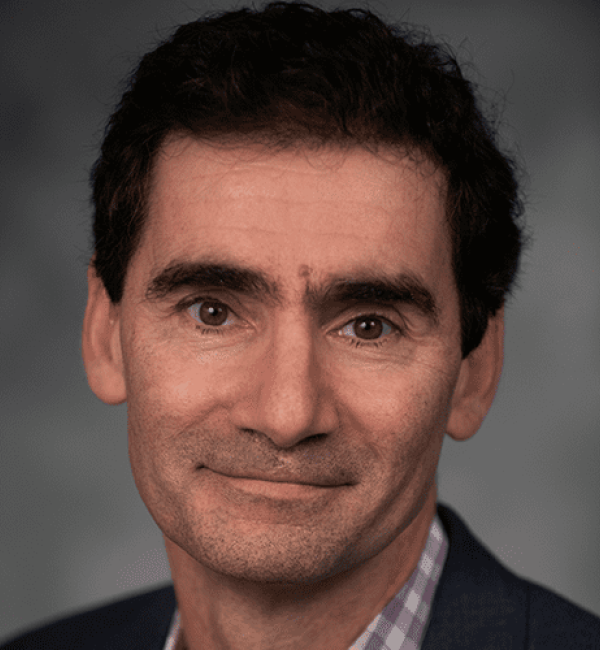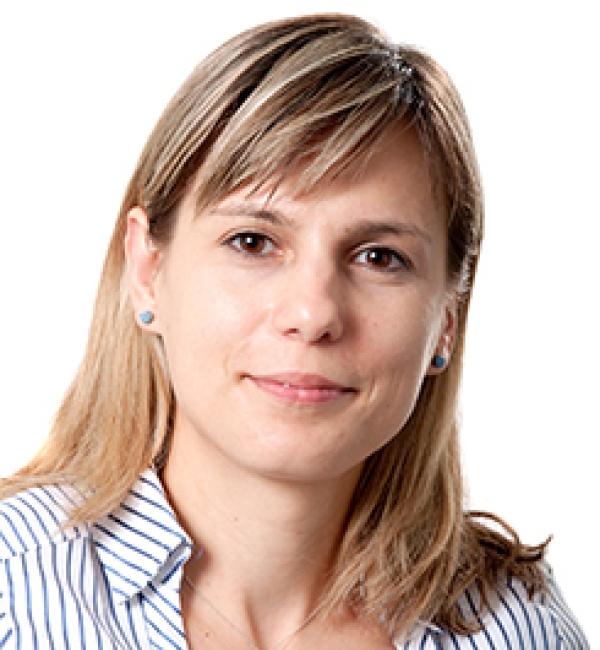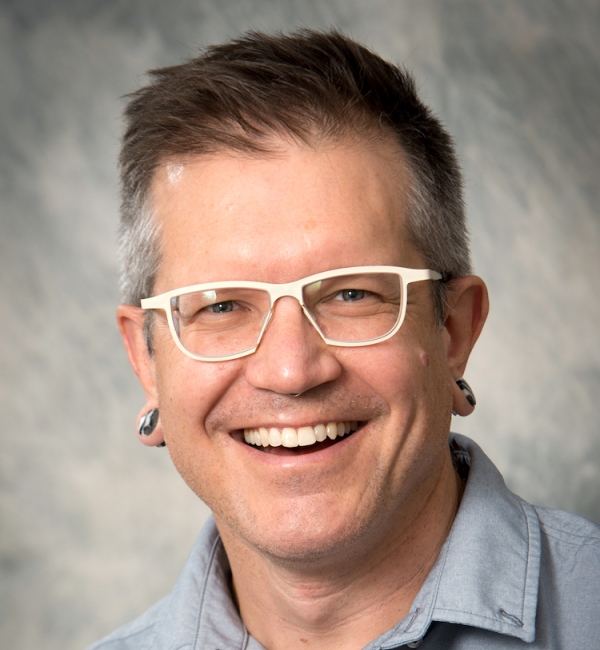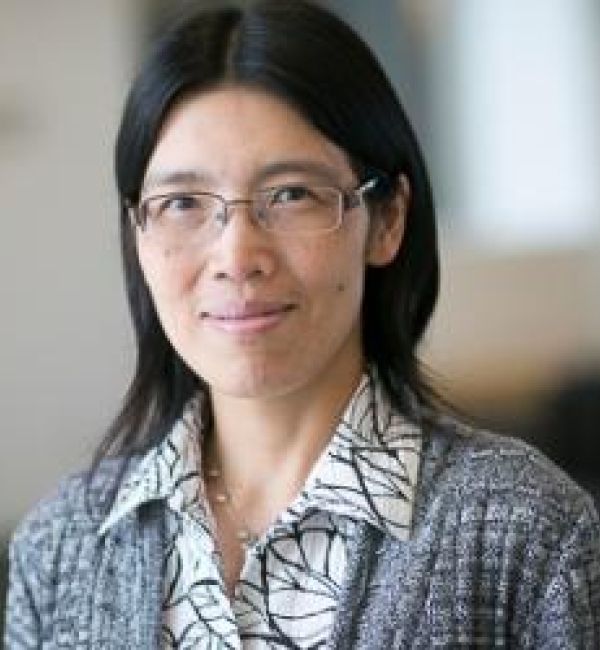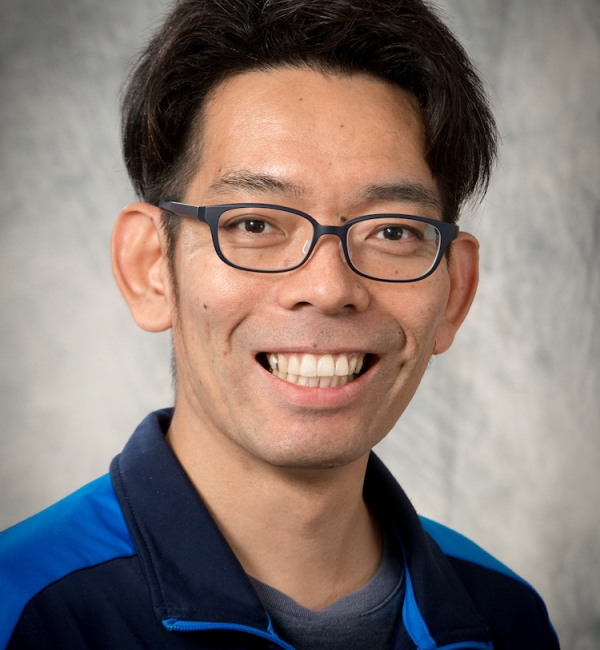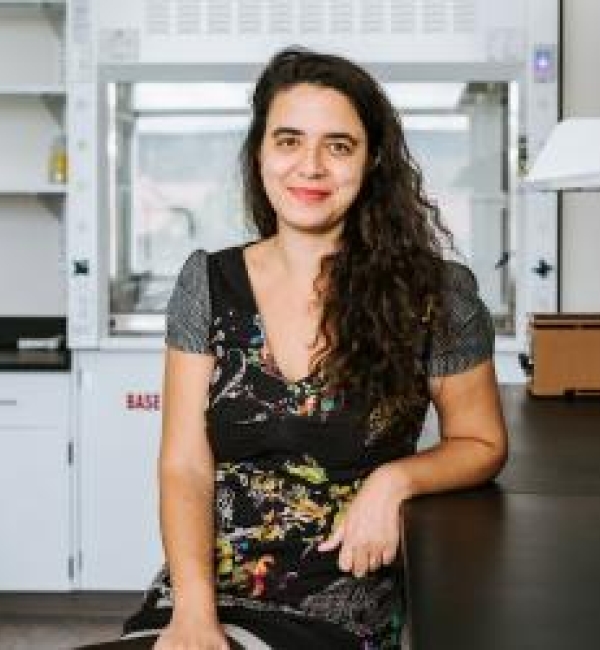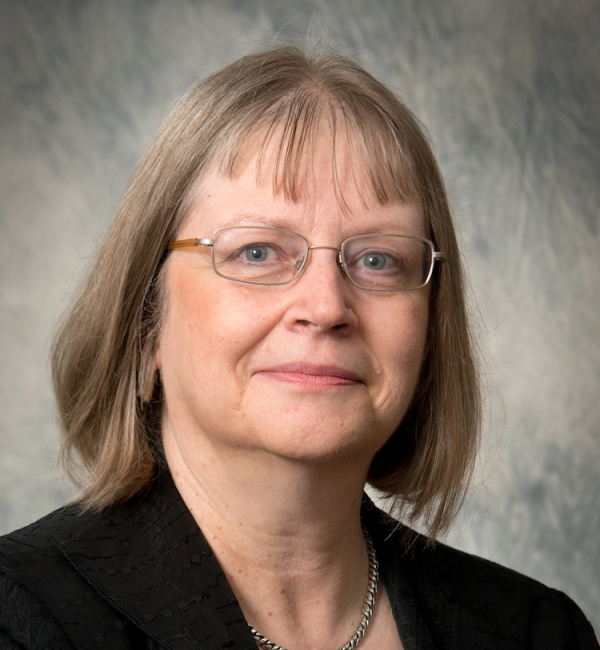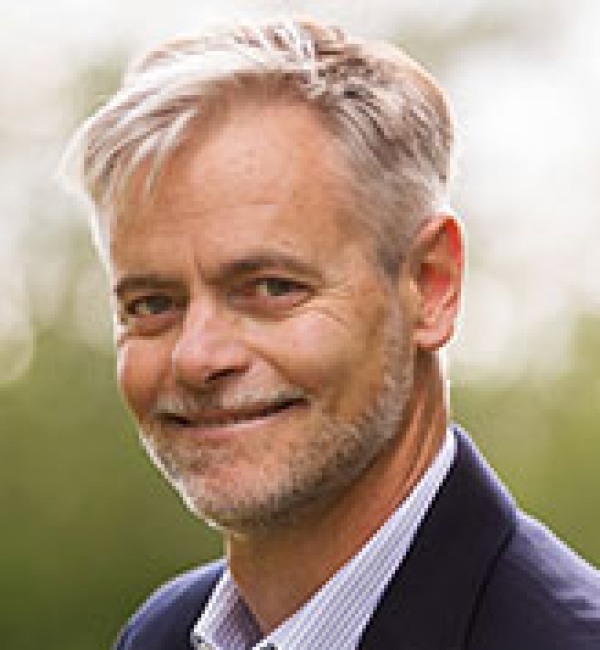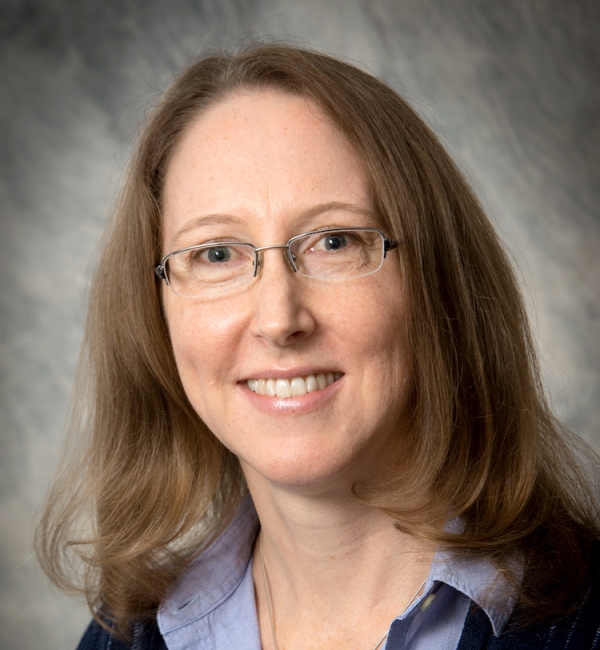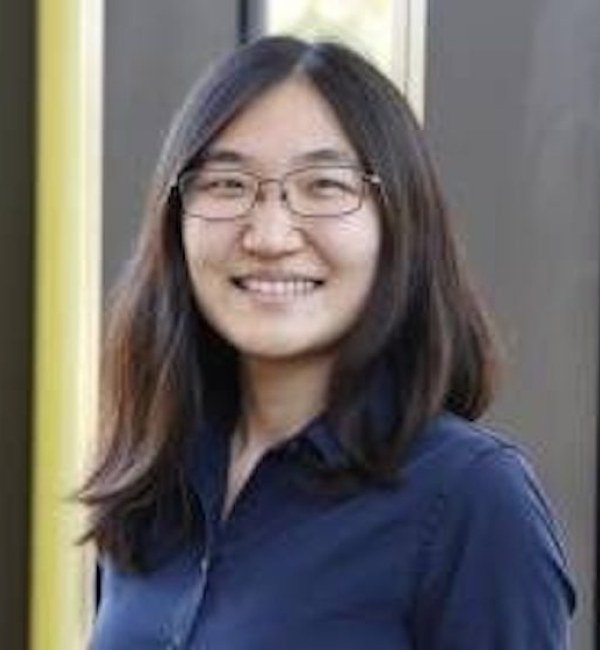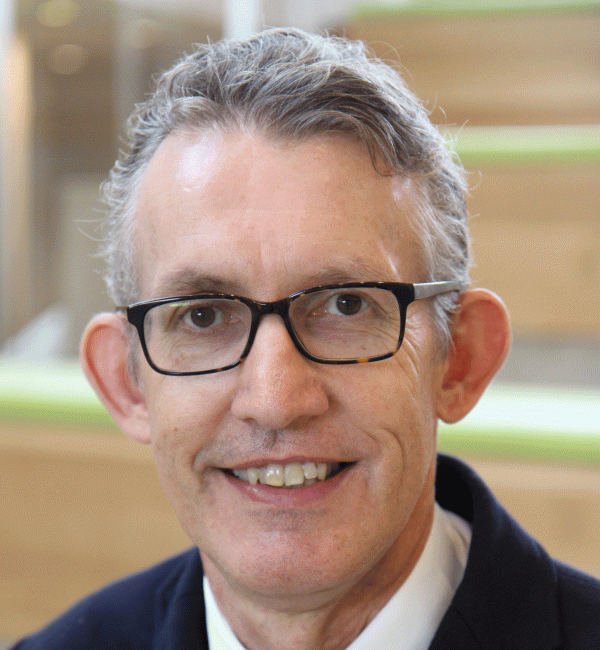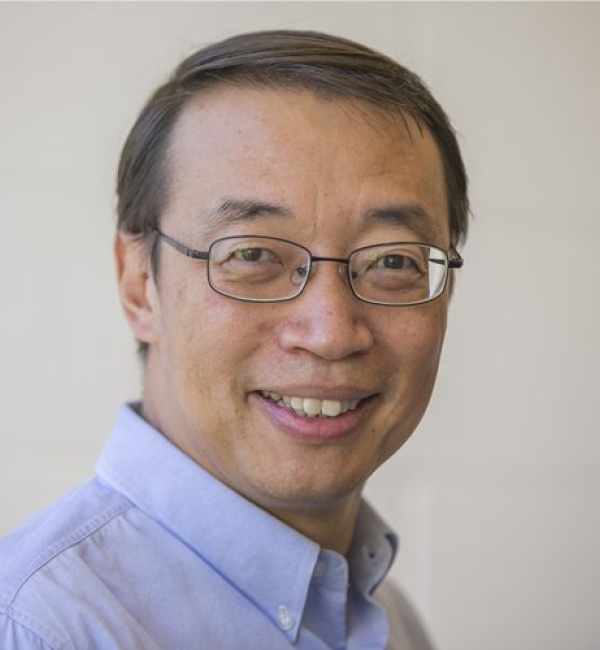| Faculty Name and Picture | Research Area(s) |
|---|---|
|
Carolyn Adler | Stem cell biology in planarian flatworms; organ regeneration; transcriptional and cell biological responses to tissue injuries; animal behavior - lab |
|
Richard A. Cerione | Signal transduction growth factor receptors; protein structure; drug design and chemical biology; signaling cues that direct cell proliferation, differentiation and development - lab |
|
Ruth Collins | Pharmacology; cancer cell biology; small GTPase regulation of intracellular traffic and cellular growth control - lab |
| Molecular biotechnology; protein biogenesis and folding pathways; protein engineering - lab | |
| Neuropathology, Infectious Diseases, Translational Medicine | |
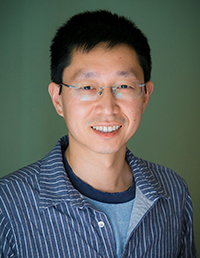 Chun Han | mechanisms of dendrite morphogenesis and neurodegeneration using Drosophila sensory neurons as a model system - lab |
|
Gunther Hollopeter | Molecular mechanisms of membrane trafficking in multicellular systems, in vivo imaging and CRISPR/Cas9 genome engineering in C. elegans, protein biochemistry and structural biology of clathrin adaptor complexes - lab |
|
Fenghua Hu | Molecular and cellular mechanisms of neurodegeneration - lab |
|
Toshi Kawate | Structures and mechanisms of membrane proteins that regulate extracellular signaling |
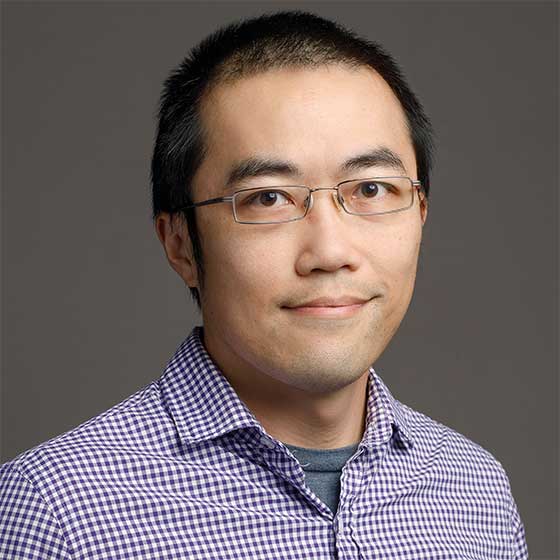 Alex Kwan | Use systems neuroscience approaches to measure impact of psychiatric drugs on neural circuits; optical imaging and perturbation experiments to study neural dynamics; exploring methods to image multiple fields of view and at multiple depths - lab |
|
David Lin | Axon guidance; neurodevelopment; epilepsy; autism; genomics - lab |
|
Maurine Linder | Regulation of cell signaling by protein lipidation |
|
Eirene Markenscoff-Papadimitriou | gene-regulatory mechanisms that generate diversity during brain development; probe function of human genetic variants linked to autism - lab |
|
Linda Nowak | Neurosciences; cellular physiology; receptor pharmacology; membrane biophysics |
|
Nozomi Nishimura | vasculature, immune, inflammatory systems and cells native to a tissue interact in disease states - lab |
|
Kimberly O'Brien | Calcium metabolism and bone health; control of maternal/fetal nutrient; partitioning and cellular mineral transport; micronutrient status in international settings; development of mass spectrometric methodology; pediatric bone health; pregnancy and mineral metabolism in adolescents - lab |
|
Chris B. Schaffer | Advanced optical techniques used to observe and manipulate in vivo biological systems with the goal of developing microscopic scale understanding of normal and disease-state physiological processes - lab |
|
Luis Schang | Role of cellular protein, lipids, and glycans play in viral infection |
|
Carolyn Sevier | Signaling of cellular oxidative stress; molecular mechanisms used by cellular pathways that sense and signal redox imbalances within the cell - lab |
|
Jennifer Sun | Modern scientific exploration generates rapidly increasing amounts of data, far outpacing our ability for manual analysis. My research develops computer vision & machine learning methods for complex scientific inquiries and workflows that require expert attention. My goal is to enable more effective ways for human experts and machine learning systems to collaborate, in order to expand our understanding of the world around us.-lab |
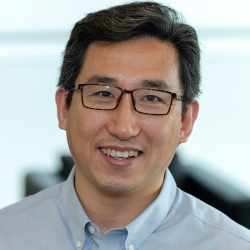 Haiyuan Yu | The Yu group performs research in the broad areas of Network Systems Biology. We use integrated computational-experimental systems biology approaches to determine protein interactions and complex structures on the scale of the whole cell. In particular, we focus on protein-protein and gene regulatory networks and seek to understand how such intricate systems evolve and how their perturbations lead to human diseases, especially autism spectrum disorder and cancer. |
|
Gary R. Whittaker | Entry of viruses into host cells; receptor binding; cleavage-activation of membrane fusion, focusing on structure-function analysis of human and avian - lab |
|
Chris Xu | Biomedical imaging and fiber optics - lab |
Phone Numbers
Routine and Emergency Care
Companion Animal Hospital in Ithaca, NY for cats, dogs, exotics, and wildlife
607.253.3060 DirectionsEquine and Nemo Farm Animal Hospitals in Ithaca, NY for horses and farm animals
607.253.3100 DirectionsAmbulatory and Production Medicine for service on farms within 30 miles of Ithaca, NY
607.253.3140 DirectionsAnimal Health Diagnostic Center New York State Veterinary Diagnostic Laboratory
607.253.3900 DirectionsGeneral Information
Cornell University College of Veterinary Medicine Ithaca, New York 14853-6401
607.253.3000 Directions


